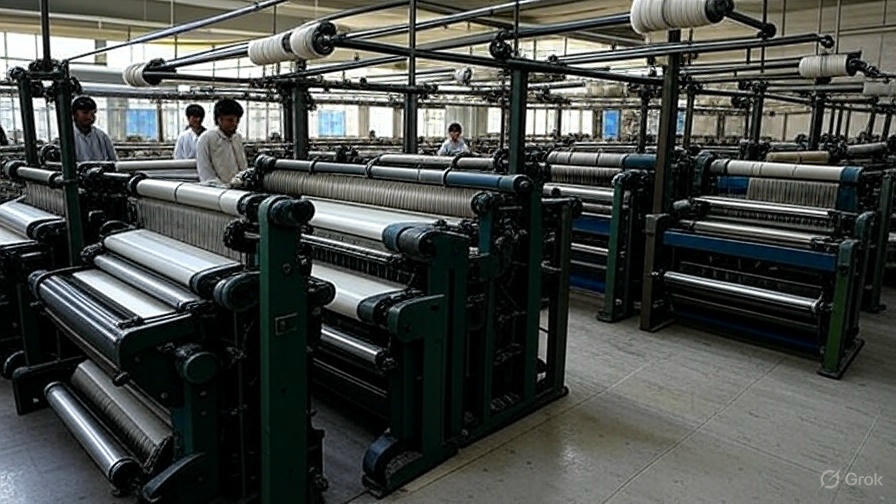
Pakistan’s Textile Industry Battles Global Pressures in 2008
**Strengths of the Sector**
Pakistan remains one of the largest producers of cotton globally, and its textile value chain is vertically integrated — from raw cotton to finished garments. Major exporters such as Gul Ahmed, Nishat Mills, and Sapphire continue to supply global retail chains. The European Union and United States remain key markets.
**Challenges**
- Rising energy costs and gas shortages are crippling factory operations.
- Currency devaluation and inflation have increased production costs.
- Global competition from Bangladesh, India, and China is eroding Pakistan’s export share.
- Limited investment in value addition — most exports are low-margin raw or semi-processed goods.
**Government Support**
The government announced a textile policy in 2005, offering subsidies and credit incentives. However, its implementation has been uneven. The Export Promotion Bureau has launched programs to improve branding and access to international markets, but uptake remains low among SMEs.
**Future Prospects**
The industry needs modernization, diversification, and better energy policy to stay competitive. Investments in technology, skilled labor, and design innovation are crucial for future growth.
**References**
- Pakistan Economic Survey 2007–08
- Ministry of Textile Industry Annual Brief
- All Pakistan Textile Mills Association (APTMA) Reports
